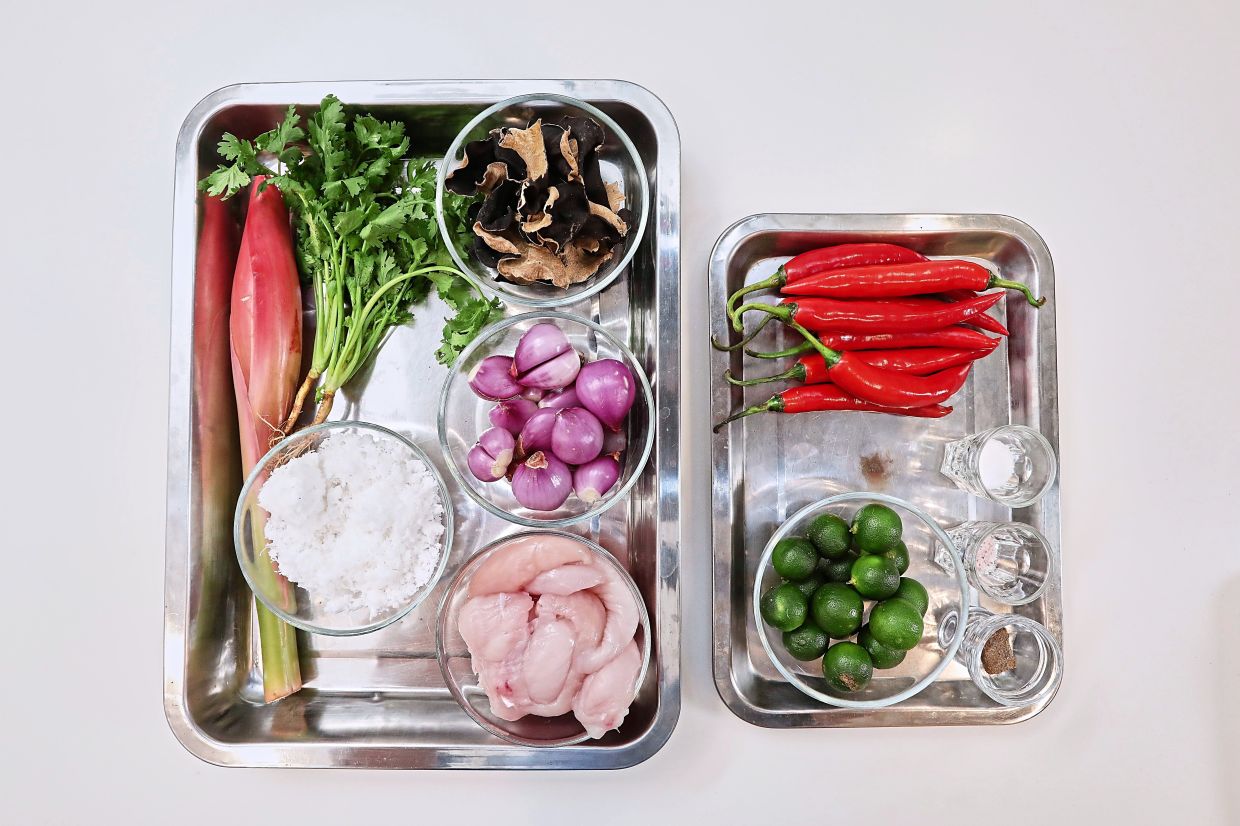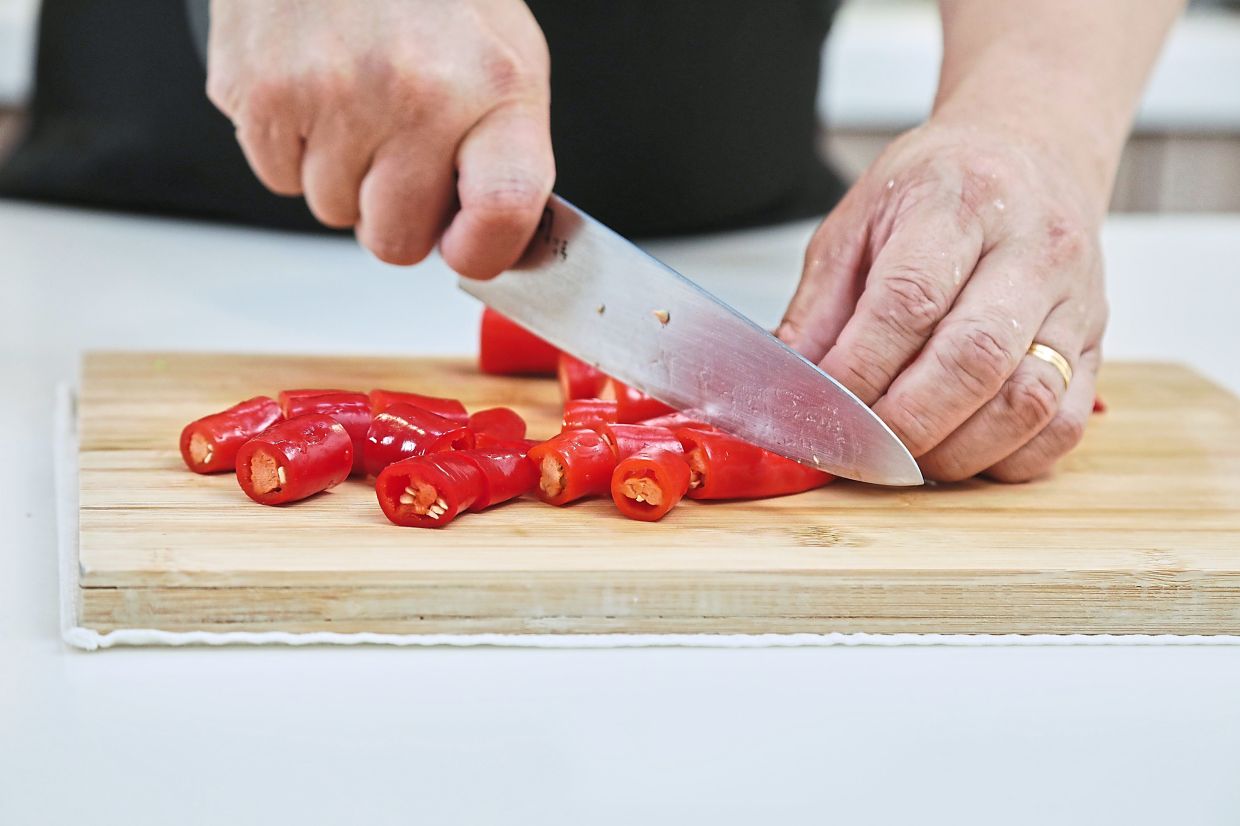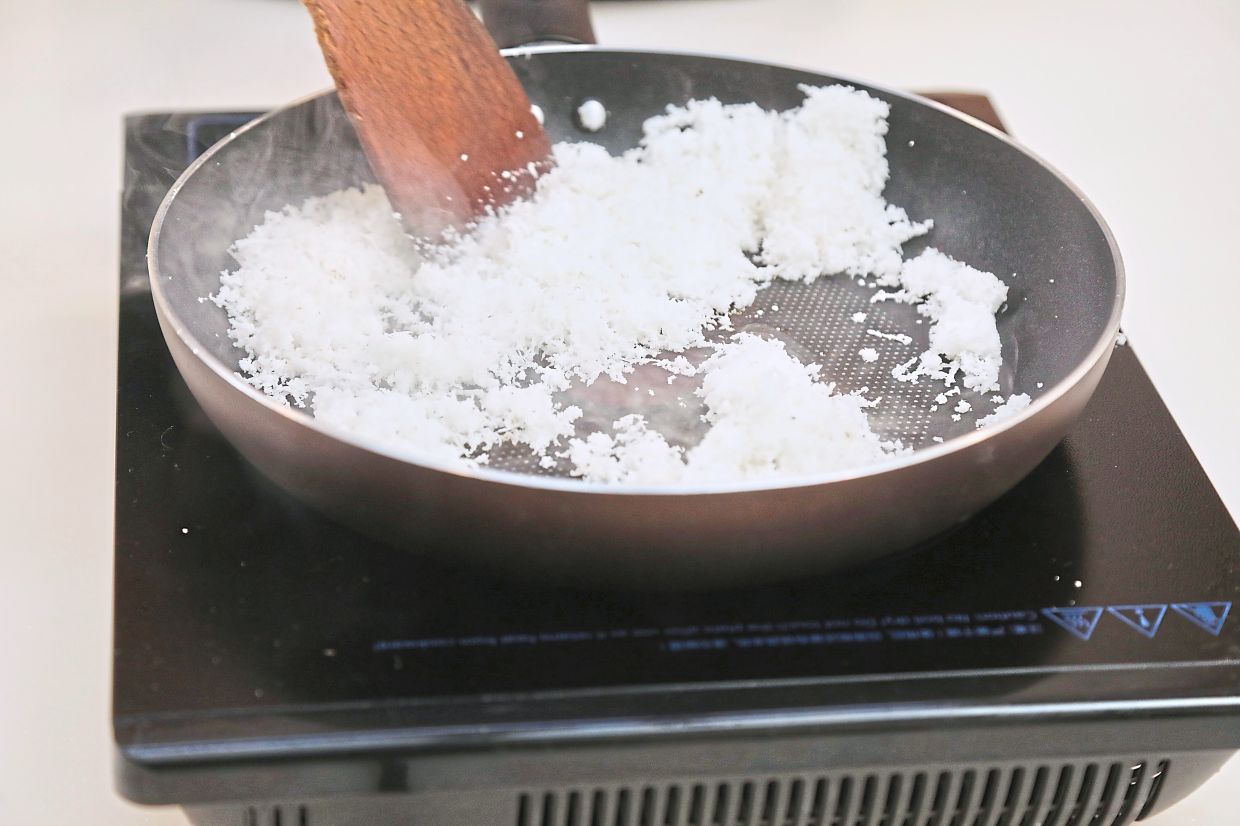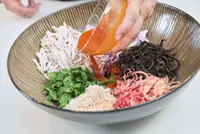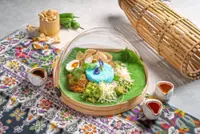A refreshing Peranakan salad bursting with flavour
BOK nee, or wood ear fungus, is a familiar ingredient in Chinese kitchens.
Usually sold dried, it needs a quick soak to rehydrate, though fresh versions are also available at wet markets and supermarkets.
Whether fresh or dried, this nutrient-rich fungus is easy to handle, tolerates long cooking and can even be enjoyed raw.
One delightful way to savour it uncooked is in a salad, or more precisely, a kerabu.
This recipe from Nonya Flavours, published by The Star in 2005, shows how traditional Chinese ingredients did not merely replace local ones, but evolved into entirely new creations through the ingenuity of Peranakan cooks.
Although technically uncooked, the black fungus is briefly scalded in boiling water to remove grit and any lingering odour. The result is a crunchy yet tender texture that soaks up flavour beautifully.
Beyond its versatility, bok nee is also celebrated for its health benefits. Low in calories and fat-free, it is rich in dietary fibre, iron and essential minerals.
Traditional Chinese medicine regards it as beneficial for improving circulation and cleansing the blood, while modern nutritionists note its polysaccharide content, which may support immune health.
Its springy texture and ability to absorb flavours make it a guilt-free ingredient for those seeking both taste and nourishment.
Do not underestimate this seemingly simple salad. Dressed in a tangy calamansi and sambal belacan mixture, the kerabu bursts with layers of flavour.
Each bite explodes with the citrusy brightness of calamansi, the floral aroma of torch ginger, the smoky depth of toasted coconut and the herbaceous lift of fresh coriander.
Shredded chicken adds body, making it a low-fat yet satisfying meal on its own. Or you may enjoy it as a refreshing accompaniment to rice or keropok.
As for the sambal belacan, it is not as daunting as it looks. My aunt once told me that the secret of pounding the chilli thoroughly with a pestle and mortar is to focus on the seeds.
When no seeds remain visible, the rest of the chilli pulp would’ve been nicely pounded.
However, if you prefer convenience, an electric mill works fine, although you may have to add a splash of water for the blades to blend smoothly.
Kerabu Bok Nee
Ingredients
50g wood ear fungus
300g boneless chicken breast, steamed
150g shallots, finely sliced
1 stalk torch ginger flower, finely sliced
2 sprigs coriander, finely minced
100g grated coconut
Sambal belacan
8 red chillies
2 tbsp belacan
1 tbsp sugar to taste
1 tsp salt to taste
Dressing
2 tbsp sambal belacan
10-12 calamansi limes to yield 3 tbsp juice
Directions
Soak the wood ear fungus for 10 minutes, squeeze dry and finely slice. Scald in boiling water to dislodge any remaining dirt, then drain and set aside to cool.
Steam the chicken for 5 to 10 minutes over boiling water until cooked. Cool slightly and shred the meat by hand. Return the shredded chicken to cool in the steam juices to keep meat moist until ready to serve.
Toast grated coconut in a dry skillet for about 10 minutes until golden and crispy, then set aside to cool.
Pound chillies in a mortar, focusing on crushing the seeds. Add belacan, salt and sugar; pound until smooth.
Squeeze calamansi into a wire mesh and reserve the juice. In a small bowl, whisk two tablespoons of sambal belacan with calamansi juice until combined. Adjust salt and sugar to taste.
Arrange shallots, torch ginger flower, toasted coconut, shredded chicken, coriander and wood ear fungus around a salad bowl. Drizzle with dressing and toss to serve with rice or keropok and extra sambal on the side.




